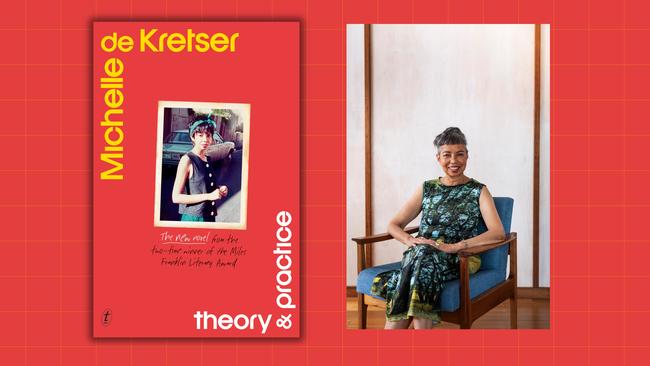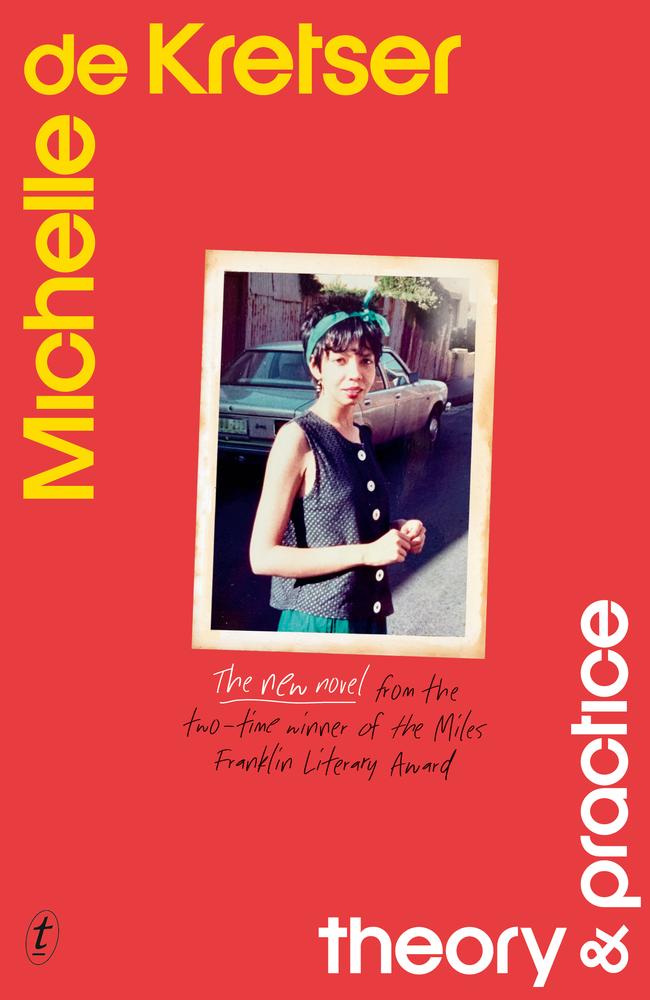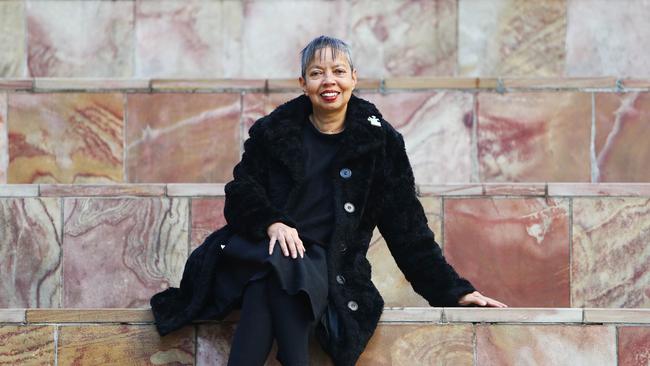Diane Stubbings — Theory & Practice: Between creativity and destruction lies insight
In Theory & Practice, Michelle de Kretser blurs the line between memoir and fiction to explore the uneasy space between feminism and desire, modernity and prejudice, theory and the messy facts of life.

The unnamed narrator of Michelle de Kretser’s Theory & Practice is, when reading the diaries of Virginia Woolf, stunned by Woolf’s description of the Ceylonese (Sri Lankan) politician E.W. Perera.
Perera is, according to Woolf, “(m)ahogany-coloured, overdressed and ill at ease”.
The narrator’s disquiet has two sources: her own Sri Lankan origins (her family emigrated to Australia when she was a child), and her abiding recognition of Woolf as a woman – a “Woolfmother” – fundamental to the composition of her intellect and imagination.
What the narrator perceives in Woolf’s diary is an inherent tension between theory and practice, between the “modernity” that fed both Woolf’s writing and her public persona, and the conservatism and prejudice that marked many of Woolf’s private opinions.

De Kretser – twice winner of the Miles Franklin Award and, more recently, the 2023 Rathbones Folio Prize (for her novel Scary Monsters) – is celebrated for her experiments with narrative form. Theory & Practice is similarly inventive, smudging the line between memoir and fiction, obliging readers to fossick through the novel for touchstones of meaning.
There is no telling with any certainty whether the narrator of the bulk of Theory & Practice, who writes of decamping from Sydney to the glam-intellectual squalor of 1986 St Kilda so as to write a thesis on gender construction in the later novels of Woolf (a rite of passage that echoes Lili’s experience of Montpellier in Scary Monsters), is also the writer of the narrative false starts which precede her story. The first of these is the relatively orthodox tale of a young man recalling a seminal moment from his childhood: during a period living with his grandmother, he stole from her a valuable ring and allowed a black serving girl to take the blame. Disconcertingly, the author – whoever they are – intrudes: “At that point, the novel I was writing stalled.” A seeming digression follows – the true account of an Israeli military commander who applied poststructuralist theory to the practice of war – before both narrative and narrator settle into the story of the unnamed (at least until the novel’s final pages) postgraduate student. But not before she offers her own prelude: during her exams for musical theory when she was a child, she was molested by the examiner, learning that “to attract sexual attention was to be shamed”.
Purposefully tentative, the opening stutters of Theory & Practice not only situate de Kretser’s exploration of the tension – in life and in art – between theory and practice, they also blur the boundaries between the supposed narrator/s of this story and de Kretser herself (something exacerbated by de Kretser’s photo on the novel’s cover).

De Kretser seduces us into believing that the young woman at the centre of Theory & Practice – sleeping with her friend’s partner and riven by jealousy when he is not sharing a bed with her, a jealousy at odds with her own feminist credo – is an emanation of de Kretser herself. The voice is so frank and uncompromising, the narration so attuned to the minute details of a singular life and the shame that haunts that life, the overlaps with de Kretser’s own biography so conspicuous (for example, the narrator’s Sri Lankan heritage; their turning away from academia to become a novelist) that the whole is afforded an ostensible literality. This version of de Kretser is that of an author standing exposed before the reader, only to dematerialise and reform as something fictional (or not), a nimble sleight of hand reminding us of the shimmering illusion that is art.
Often, there seems no way to affix meaning to de Kretser’s writing except through a cage of questions. Even then, her writing darts and dances about, refusing to hold still. What, for example, do the holes punched through the walls of a Palestinian housing estate suggest when applied to the novel as a whole? Are we being alerted to the way people and ideas come to occupy – even colonise – space? Is it that theory and practice, through the constant tension each exerts on the other, yield “new ways of being (and of) rendering that being in literature”?
If there is one constant in Theory & Practice it is the relationship between mothers and daughters, the narrator’s intellectual conversation with Woolf’s writing interleaved with letters from her own mother, a woman of garish taste who lives still in Sydney and who insists on calling magazines books. The narrator’s imagination is “plugged into the creative-destructive energies of the Maternal line” and it is this superposition of creativity and destruction – of the friction between the reality of our “mother” and the “effigy” we create of her – that underpins much of the novel.
Critics laud the irony with which de Kretser infuses her novels, although sometimes it is difficult to differentiate irony from superiority. There is an intellectual hauteur to de Kretser’s writing (persistent references, for example, to philosophers such as Barthes, Derrida and de Beauvoir) that can be alienating, reinforcing the impression that her writing is pitched more towards critics than readers. Nevertheless, it is impossible not to appreciate the piquancy of her language: “The past was brightly lit and full of danger. Old things crawled about in my chest”; “Walking into the sadness and dimness and clutter of that flat was like walking into my mother’s mind.”
Ultimately, there is a sense that we must approach de Kretser as the narrator herself approaches Woolf, by pushing our way through the obstacles she presents – knocking through the walls of ambiguity that stand between Theory & Practice and its elusive meaning – and adapt the spaces thereby created to our own “needs” as readers. To somehow – just as the narrator “(writes) back to Woolf – “write back”, metaphorically at least, to de Kretser herself.
Diane Stubbings is a writer and critic, based in Melbourne.

To join the conversation, please log in. Don't have an account? Register
Join the conversation, you are commenting as Logout